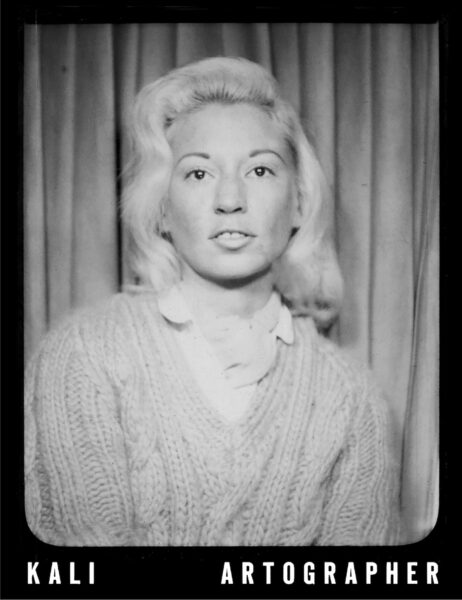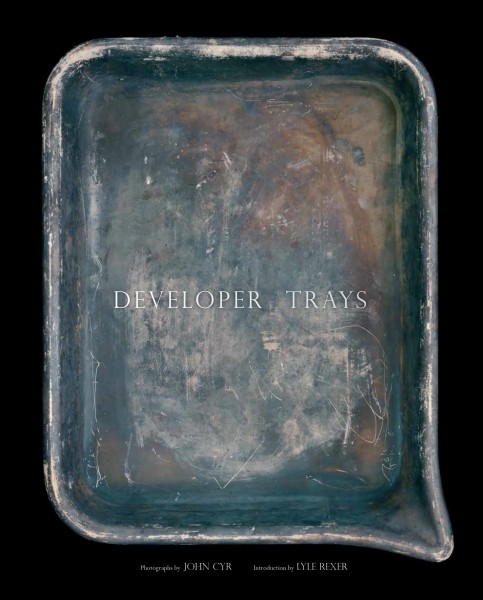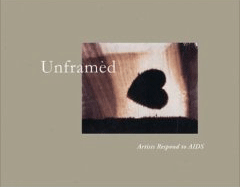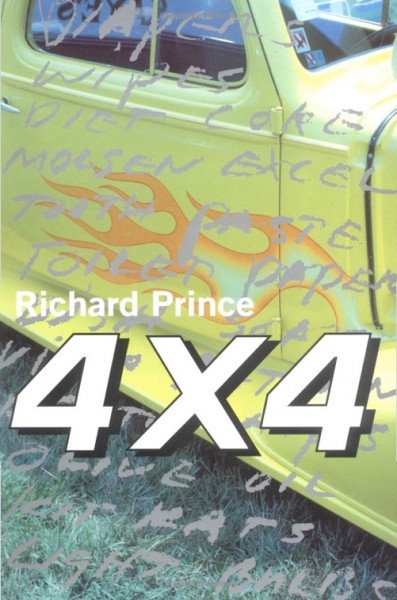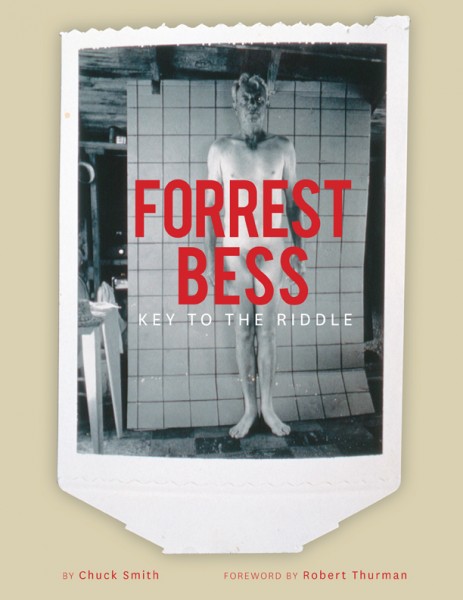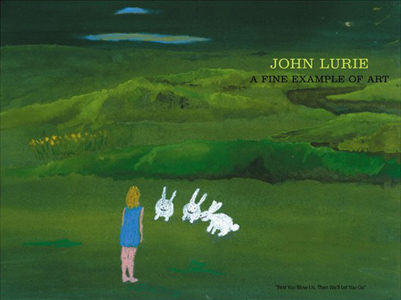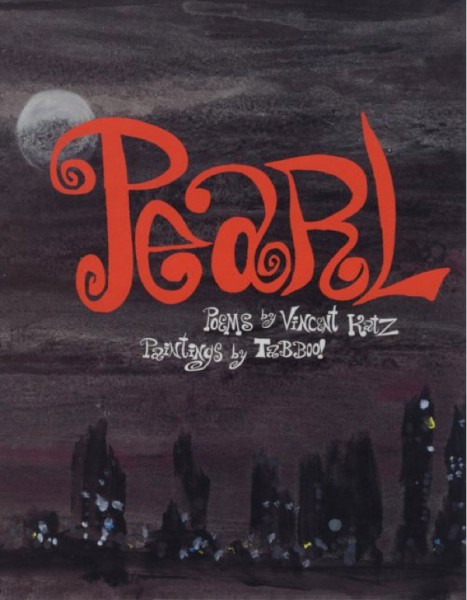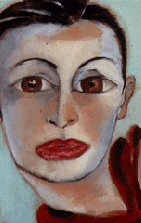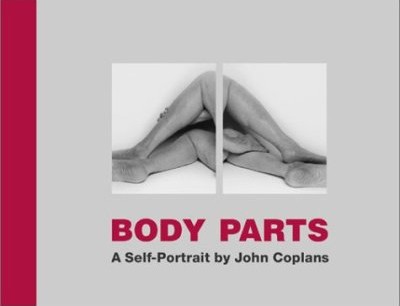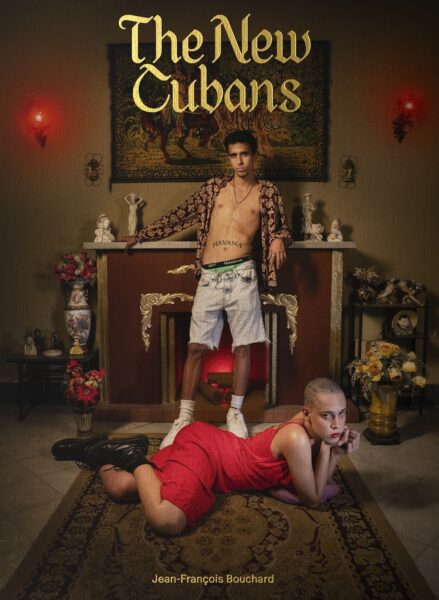$ 50
Tom Blachford’s cinematic photographs of Tokyo and Kyoto transport viewers to a futuristic, dystopian dimension, in which perpetual nightfall and neon-spotted cityscapes reign. Using Metabolist and postmodern architectural philosophies, classic neo-noir and sci-fi genre aesthetics, and intense angles reminiscent of sweeping manga illustrations, Blachford captures the alien-like essence of these enigmatic structures and streets. Famed director Nicolas Winding Refn and photographer Paul Tulett contribute grounding texts.
Seeing Tokyo for the first time, photographer Tom Blachford felt like he had been transported to a highly-advanced parallel universe. Inspired, he shot photographs for six days straight from 9pm until the sun-up, in the pursuit of a groundbreaking series that communicated the city’s uncanny, alien-like energy.
The focal point for Blachford was the architecture of Kenzo Tange, Japan’s Pritzker Prize winning architect and an icon of the Metabolist movement. A 1950s and ‘60s Japanese avant-garde architectural movement, Metabolism combined biological growth and the natural world with technological advancement and architectural ambition. Blachford shot a core list of buildings, first in Tokyo and later in Kyoto, that embodied these philosophies, including a range of 1990s postmodern, futuristic structures to heighten the sense of the unexpected and strange within Nihon Noir. Blachford spectacularly distills the impressiveness and almost otherworldliness of the structures of legendary Japanese architects, including Kishō Kurokawa, Yoji Watanabe, Kiyonori Kikutake, Makoto Sei Watanabe, and Kengo Kuma.
Blachford’s cinematic photos in Nihon Noir reference the hyper-saturated palette of film director Nicolas Winding Refn and the cyberpunk, “Neon Noir” cityscapes of Blade Runner. Ridley Scott himself was aesthetically inspired by the architecture of Japan——particularly the entertainment district Kabukichō——while creating the cult cinematic masterpiece. Blachford was also inspired by Japanese media, including the unique cyberpunk architecture in anime such as Akira and Ghost In The Shell, prioritizing an electric color palette and emphasizing the purples and pinks of the night over more muted, organic colors.
Danish film director, screenwriter, and producer Nicolas Winding Refn contributes an emotional and beautiful text. A contextualizing essay by Master of Urban Planning Paul Tulett serves as a guide to understanding this otherworldly environment.
Working at the intersection of long exposure photography and exploration of the built environment, Tom Blachford’s photographs seek to transform predictable and known environments into surreal and dreamlike worlds. Obsessed with capturing the moments of clarity, color, and mystery that exist just beyond the limits of our human perception, Blachford bridges our worlds to dark realms beyond our reach. Captivated by architecture not only for its sculptural forms, Blachford’s images of homes, towns, and suburbs act as the stage for unwritten narratives that implore the viewer to script their own drama happening behind the walls of each scene.
Using only existing light sources—the moon (“Midnight Modern”), the neon lights of Tokyo (“Nihon Noir”), or the harsh streetlights of L.A. (“Noct Angeles”)—Blachford hunts for the overlooked cinematic moments in the everyday, and works to distill them with a sense of mystery, unease, and wonder. Tom’s work has been featured widely across platforms and has been exhibited and collected across Australia, Europe, and the U.S.
Nicolas Winding Refn is a Danish film director, screenwriter, and producer. He directed the Pusher trilogy, the crime drama Bronson, and the adventure film Valhalla Rising. In 2011 he directed the action drama film Drive for which he won the Cannes Film Festival Award for Best Director.
Paul Tulett has a master’s degree in Urban Planning and Environment, and has been photographing Japan’s architecture since 2018. He features his images on his popular Instagram account, @brutal_zen. His work has been published in a number of publications including The Guardian and Fast Company. He lives in Okinawa, Japan.








